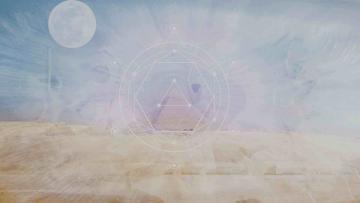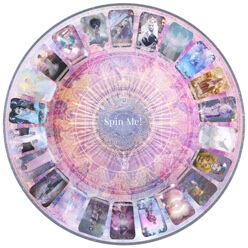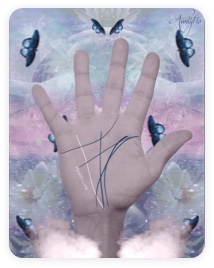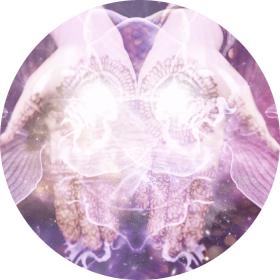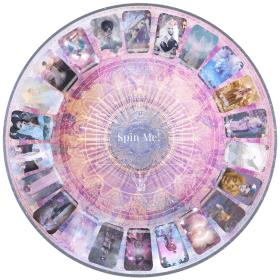Cross Quarter Days

Uncover hidden spiritual meanings
A term used to refer to the four holidays of Samhain, Imbolg, Beltane, and Lammas.
These holidays are considered the dominant or more important holidays due to the fact that they create the cross in the wheel of the year. The wheel of the year (see – WHEEL OF THE YEAR) is completed with the 12 months of the year and these major holidays are ones that are times for major magical workings when the energies of the season are at their strongest point.
During Cross Quarter Days, each one breaks into a new cycle for the upcoming year and both the prospective possibilities of the future are focused on as well as the season that is just ending.
Traditionally there will be a fire on the days of celebration which either lasts throughout the day and into the night to the next morning or from dusk of the night before until the next morning, welcoming the sun of that day with warmth and light.
These holidays are often found in Wiccan traditions. They are all associated with the cycle of life. Each season within the wicker calendar is associated with a festival. This can include many different rituals that are carried out from the winter months into the summer. If we look more closely at the Celtic wheel of the year it is generally a celebration that is focused upon different cycles. We all understand summer and winter festivals in the pagan tradition. These celebrations are extremely ancient and are generally considered to be traditional.
In the Pagan belief structure, there are eight days that mark separate sections of the year. Each of these days marks the start of a new season or celebration. These days are known as the Cross-Quarter Days. Different deities often symbolize these days, and often mark celebrations meant to pay homage to these deities, and asking their blessing for the current time of year. Here is a brief introduction to these days, the deities and celebrations they are symbolized by.
- Yule – Also known as Midwinter, this holiday is devoted to the giving of gifts and sentimental magic, such as bringing an evergreen bough in to the house to ensure a bountiful harvest the next year. The significance of this holiday is the awakening of The God, which heralds increasing Solar Energies, representing hope for the coming year.
- Imbolc – This celebration is often symbolized and dedicated to the Celtic Goddess Brigid. Imbolc is held for several reasons, but the most often celebrated is the coming of spring and the rebirth of the earth.
- Ostara – Known in wider circles as the Vernal Equinox, this holiday is considered a Pagan High Holiday; and is celebrated usually in the middle of March on the first full moon, symbolizing the first changes of the earth transforming from Winter to Spring.
- Beltane – This holiday marks the first day of Summer in Ireland and is held in May. In Roman tradition, Beltane was the feast of the goddess Flora.
- Midsummer – Known to Wiccans as Litha, this is one of the four Solar Holidays and marks the day when the sun reaches its zenith and shines the longest. This is a symbolic time of year, marking strength and continued prosperity throughout the rest of the year.
- Lughnasadh – Also called Lammas, this is the first of the three Wiccan Harvest festivals, followed by Mabon and Samhain. Some Wiccans celebrate this day by baking a bread figure of The God and eating it, which is symbolic of the importance of the harvest. Though not universally dedicated to the Celtic God Lugh, that is how the holiday started, as a festival to honor him and bring luck and prosperity from the harvest.
- Mabon – Autumnal Equinox to some, Mabon was a name brought to popularity in the 1970’s by Aidan Kelly as homage to a Welsh mythological character, Mabon ap Modron. This holiday is widely celebrated as the thanksgiving for the fruits of the harvest. This holiday is the second of the Pagan Harvest Holidays. It is held to secure the blessings of the God and Goddess for the coming Winter.
- Samhain – Often mispronounced, this holiday is traditionally known in the Gaelic as Sou-Wen (OU, as in “house” ) While often seen as the darkest of holidays, Samhain is celebrated as a time to honor those that have died. It is a time to give thanks for all the year has provided and used to ensure plentiful blessings for the next year. This is also the final of the three Pagan Harvest Holidays and seen as one of the most important to celebrate.
By Flo Saul
Oct 2, 2012

